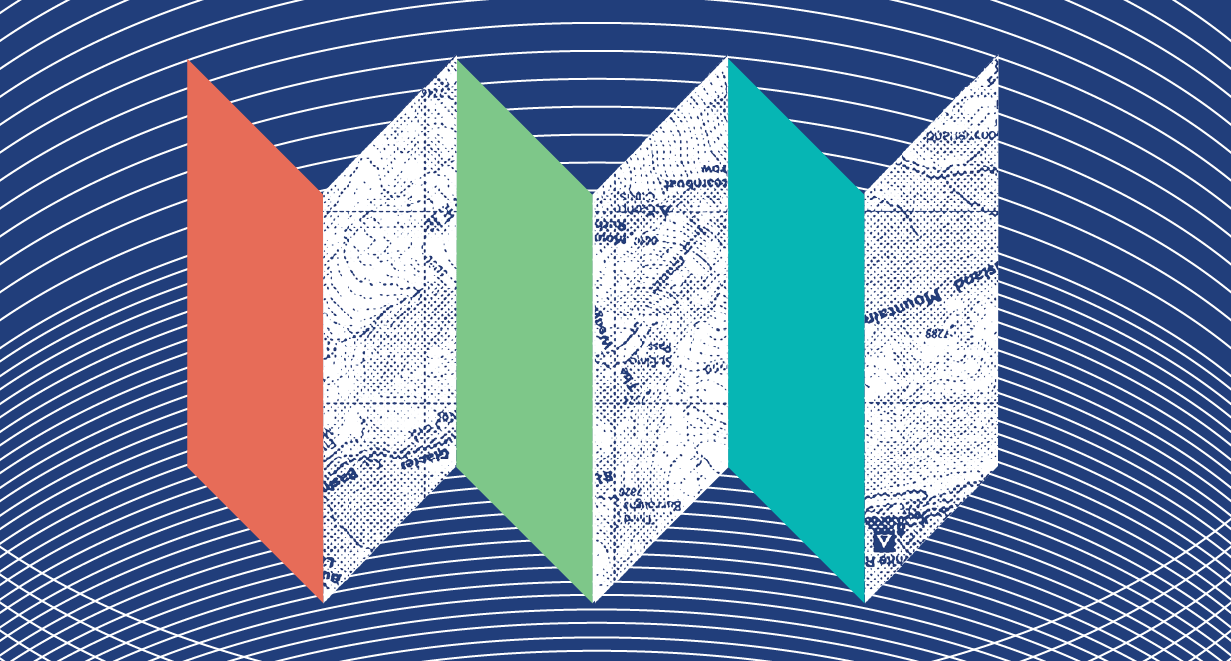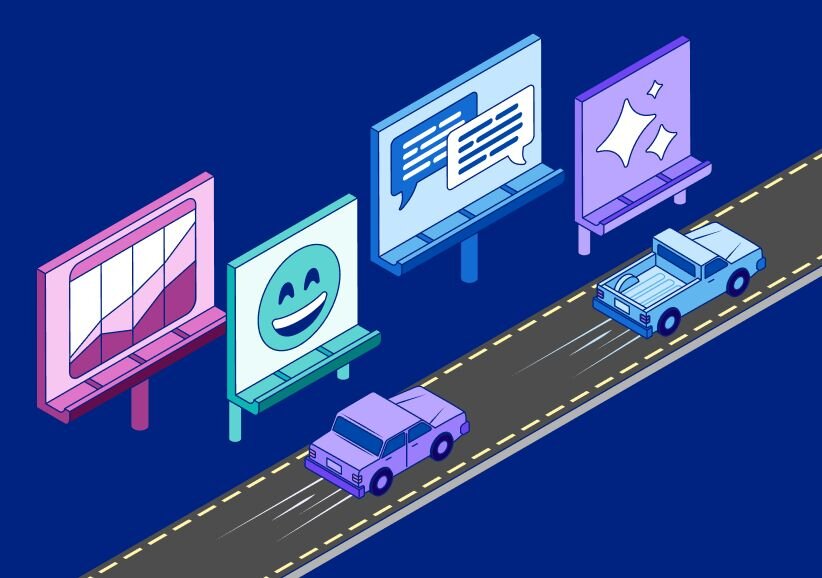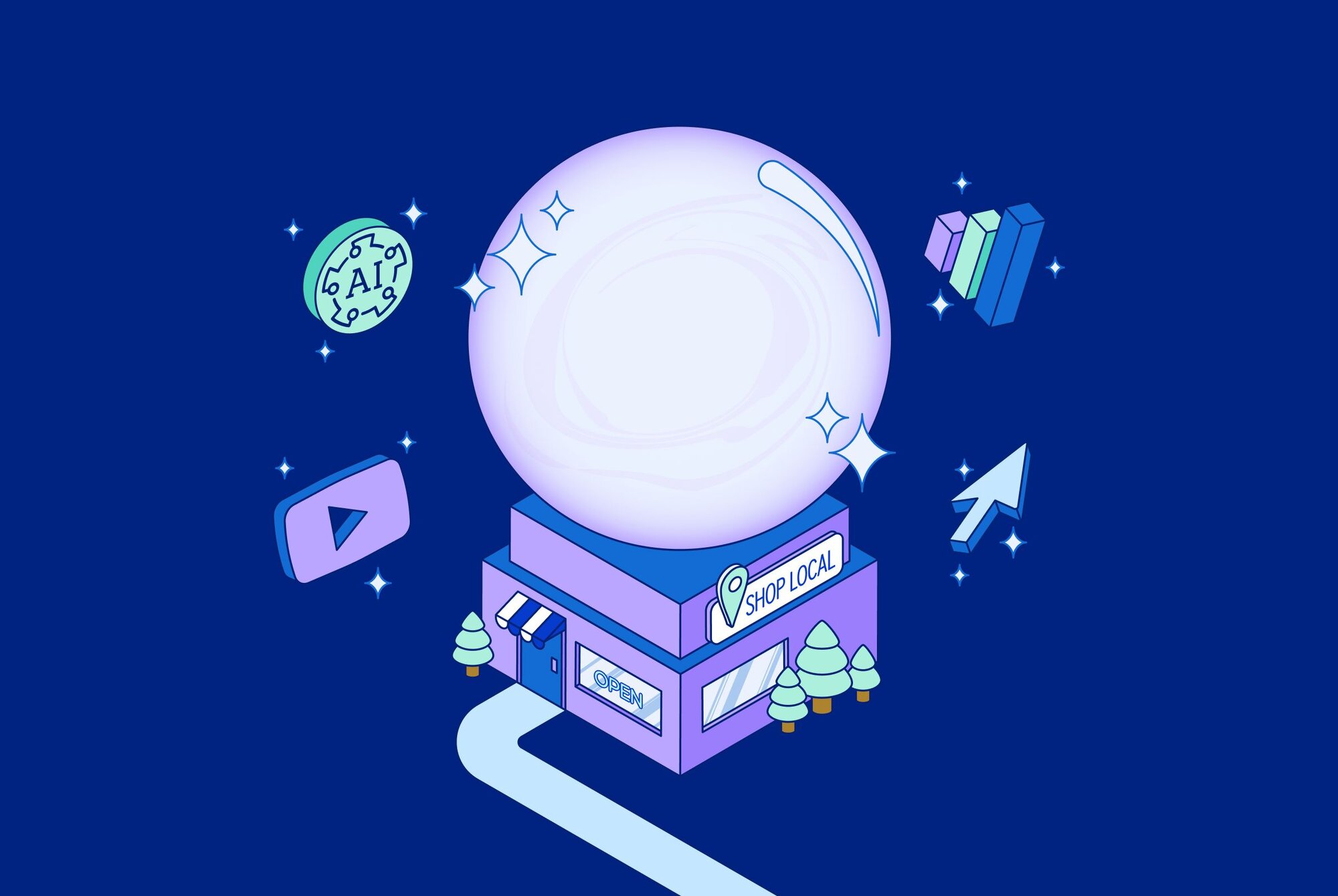TL;DR
- Conventional marketing knowledge contends that the average prospect requires eight touches with a brand’s marketing campaigns before they become a customer.
- Attribution reporting is crucial to gaining a deeper understanding of these complex customer journeys, including improvements that increase conversion revenue.
- Businesses can use attribution software to better understand how each marketing engagement contributes to a successful conversion — even when customer journeys don’t follow a linear path.
Historically, it has been challenging to predict how customers will discover, evaluate, and choose a company to do business with. Each prospective customer is juggling a unique set of variables, including price, features, conversion timelines, and many other factors.
Meanwhile, your business engages with each prospect through a diverse set of marketing campaigns and advertising assets. According to HubSpot, conventional marketing knowledge contends that the average prospect requires eight touches with a brand’s marketing campaigns before they become a customer. These engagements can take customers through wildly varied journeys with your business, which can make the journeys themselves difficult to understand — and complicated to evaluate in terms of calculating channel-specific ROI.
Conversion rates will tell you a lot about your overall marketing success. But attribution reporting is crucial to gaining a deeper understanding of these complex customer journeys, including your relative strengths and weaknesses, and where you can improve engagement to increase conversion revenue.
Understanding your customer journey map
The customer experience can be highly complex and individualized in nature, but each interaction within these customer journeys falls into one of four phases that serve your overall goal of engaging prospective customers and building relationships that foster loyal advocates of your business:
- Awareness: In this stage, prospects may have no familiarity with your brand, or they might have only a vague familiarity with your brand among many other competitors. The goal of an awareness-level engagement is to build brand familiarity and trust, keeping your business top of mind among consumers likely to make a conversion.
- Consideration: In this stage, prospects are aware of a need or a problem to be solved, but they haven’t identified a way to address that problem or need. During this phase, prospects start to conduct research on their various options, gradually narrowing down their options to their top choices.
- Decision: With their top options identified, buyers in this stage have done enough research to feel comfortable making a decision. They may continue to engage with brands they’re considering, seeking out highly specific information that will affect their final decision. Decision-phase criteria can include looking at return or service cancellation policies, learning more about technical support, and other factors that are likely to affect their overall customer experience.
- Retention/Delight: After a conversion has been made, businesses want to ensure customer satisfaction and provide positive interactions through customer service. For a SaaS business, for example, new customers should be satisfied with their customer experience so that they continue subscribing to the software service. This also helps create much stronger customer loyalty as you begin to learn what customer behavior is most important, and help facilitate those additional touch points.
The challenges in complex customer journey and attribution reporting: Given the high number of interactions required to secure a new customer, the interactions comprising these phases can be extremely complicated and divergent from those of other customer stories. For example, a SaaS company targeting business clients will create content and campaigns targeted to each stage of this customer journey. But customers don’t follow a linear path, nor do they follow the same path from one customer to the next.
In some cases, a single piece of awareness-level content can prompt a potential buyer to fill out a lead form and advance quickly through the consideration phase. In other cases, that same SaaS company may have multiple false starts with a potential buyer at the awareness stage of engagement, before the third or fourth interaction prompts an action that moves the buyer to the next stage of their journey.
Even after the consumer journey has begun in full force, delays, diversions, and decision-making timelines can all affect the course of this process. Some buyers will be heavily invested in consideration and research, whereas others are seeking a fast solution. Others might be ready to make a decision but may be struggling to achieve buy-in and secure approval from their higher-ups.
No matter what path customers take, attribution reporting can help you understand the process and evaluate the success of specific marketing campaigns and channels. Attribution itself is a challenging process because of the different models available to marketers, but successful attribution can lead to smarter marketing strategies, better resource allocation, and better overall marketing ROI.
Using data-driven insights to build a better customer journey
Overall marketing success and department-wide marketing ROI calculations are important when you’re evaluating your company’s marketing performance as a whole. But broad revenue figures and conversion rates don’t shed any light on the role individual marketing campaigns play in driving your success — and they don’t help you optimize your messaging, your marketing mix, or other aspects of your marketing strategy.
By implementing an attribution reporting method to analyze your customer journeys, you can take a data-driven approach to breaking down each complex customer journey and understanding how different marketing channels support your overall conversion efforts. These benefits include:
- Gaining a better understanding of how each marketing campaign is performing, both at the individual customer level and across all of your prospective customer engagements
- Identifying tactics that can optimize your marketing strategy, such as increasing spending on content and campaigns that demonstrate particular success in driving conversions
- Understanding how multiple touches within a single stage of the customer journey can contribute to conversions, even when they don’t conform to a linear path
How to measure complex customer journeys with attribution reporting
Before you can begin using marketing attribution to track customer journeys at your company, you need to choose the marketing attribution model that best corresponds to your strategy. Each attribution model uniquely values marketing engagements according to underlying assumptions about how customer touches support conversion opportunities.
Here’s a look at some of the most common marketing attribution models, the touch points of your customers’ experience, and the visibility they offer into your customers’ journeys.
First-touch attribution
First-touch attribution assigns credit to marketing interactions based on the channels that are attracting eventual customers to your brand. In this case, a SaaS company might prefer first-touch attribution because the company feels that marketing success depends on winning the battle for brand awareness in a saturated market, or it might hold the belief that lead creation is the biggest goal — and is far more important than any nurturing strategies or other engagements that take place further down the funnel.
Although this may seem like an overly simplistic understanding of customer journeys, it does offer a valuable method of understanding how these journeys start — and how the company can generate new opportunities.
Nurturing attribution
The nurturing attribution model identifies the strategies in the middle of a customer journey that are leading to sales. Unlike first-touch or other methods of attribution, this approach places value on the marketing engagements that take place toward the end of the consideration phase, as customers are preparing to enter the decision phase of their journey.
With a “last non-direct click” attribution model, for example, a SaaS company would give credit for a new conversion to the last engagement driven by a marketing channel that the prospect didn’t directly seek out. This model excludes direct engagements such as website visits and instead attributes conversions to social media ads, drip emails, and the like.
Last-touch attribution
Whereas first-touch attribution gives all of the credit to the first point of engagement, last-touch attribution assigns value to the last touch prior to a conversion, with the understanding that this final interaction was responsible for qualifying the lead and closing the deal.
In this attribution model, a SaaS company typically wants to understand the interactions that drive the final action of converting a customer, such as an inbound phone call from a customer wanting to ask some final questions before making a decision. By this point, nurturing and lead qualification have already taken place through past interactions. But the final step toward making a purchase is crucial to marketing success, and last-touch attribution can help you understand which channels are most effective at closing the deal.
Multi-touch attribution
In many cases, the complex nature of customer journeys is best reflected through a multi-touch attribution model that spreads credit for conversions across multiple engagements. Organizing this data about the different touch points your leads, prospects, and customers have with your company is critical to understanding your customer journeys.
Common methods of multi-touch attribution include:
- Linear: Each interaction in a customer journey receives an equal share of credit for the conversion.
- Time decay: Credit is assigned according to recency. The most recent touchpoints, relative to a conversion, receive the greatest share of credit, with the last touch earning the most.
- U-shaped: A hybrid of the first-touch and last-touch models, U-shaped attribution gives 40% of the conversion credit to both the first and last interactions. The remaining 20% is split evenly across all touchpoints in between, regardless of how many interactions there might be. W-shaped: This model gives 30%0 of the conversion credit to the first touch, the last touch, and the interaction that turns a prospect into a lead. The remaining 10% is divided evenly among all other touches.
- Z-shaped: This model takes the W-shaped approach and adds a fourth major touchpoint: the close. All four of these touches receive 22.5% of the credit for a conversion. The remaining 10% is split among all other customer engagements.
Want to dive deeper? Check out these tools and resources for marketing attribution:
- Our attribution reporting worksheet
- Webinar: Getting your marketing attribution dialed in
- Blog: How to choose the right attribution model to assess your sales enablement programs
Realizing your potential: The importance of good data
Attribution is effective only when all of your marketing efforts are data-driven and represented in your customer journey analytics. Marketing attribution software pulls customer data from email, social media, display ad campaigns, SEO, and your business website to track interactions across all stages of the customer journey.
But comprehensive marketing attribution also requires access to data for offline interactions as well. These engagements include direct mailings, inbound phone calls, and more.
If a direct mailing drives an inbound phone call to gather more information, for example, two customer interactions take place: an awareness-level engagement through the direct mailing, followed by a consideration-phase engagement through the inbound call. By using dynamic number insertion (DNI) to track inbound calls and creating specific tracking numbers for your direct mailings, your business can integrate both of these engagements into your attribution software, resulting in a complete picture of how your marketing engagements are driving business revenue.
In addition to cross-channel marketing attribution software, consider additional tools such as call tracking software to fill these common data gaps and improve visibility into each customer experience .
Improved visibility, from start to finish
The customer journey is crucial to both engaging your target audience and understanding how your efforts are driving ROI for your marketing department. Without using data feedback to track customers across their journeys, marketers are flying blind when it comes to improving their strategy and growing their customer base.
Successful attribution requires a dedicated attribution model, as well as marketing tools that can generate and analyze customer experience data to uncover key insights. If you’re looking for tools to fill in gaps around your inbound calls from customers, start a free trial with CallRail today.











